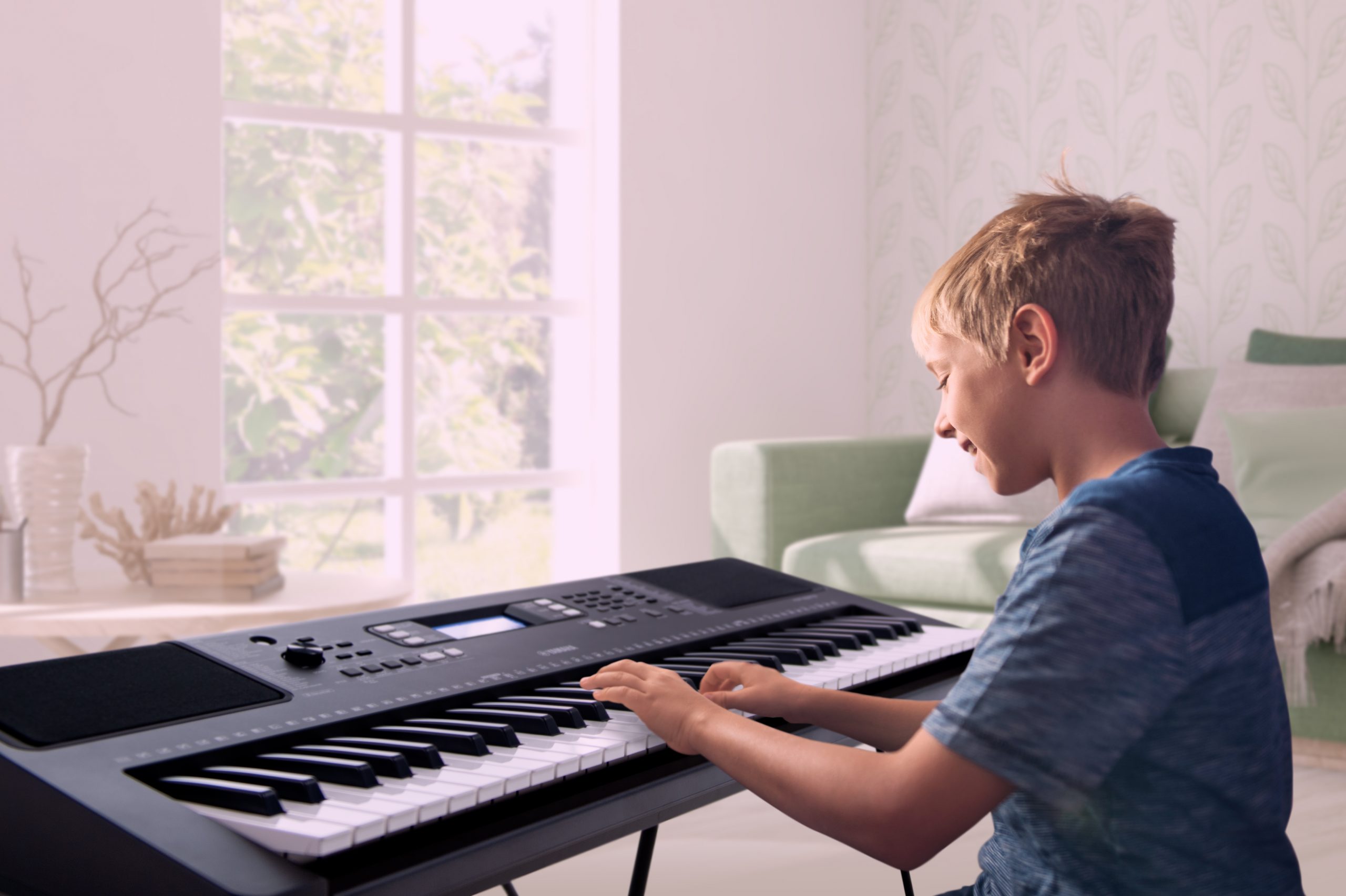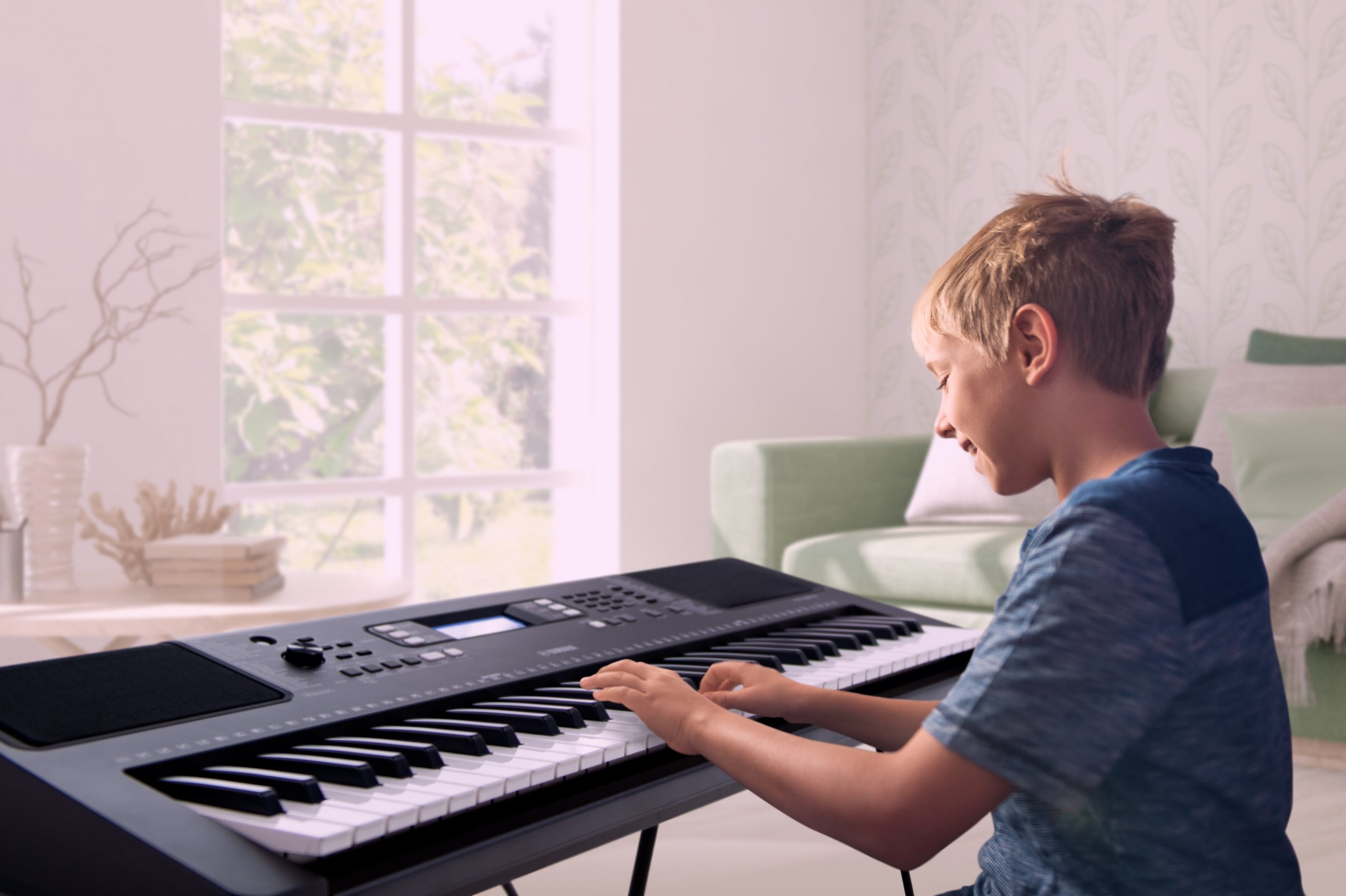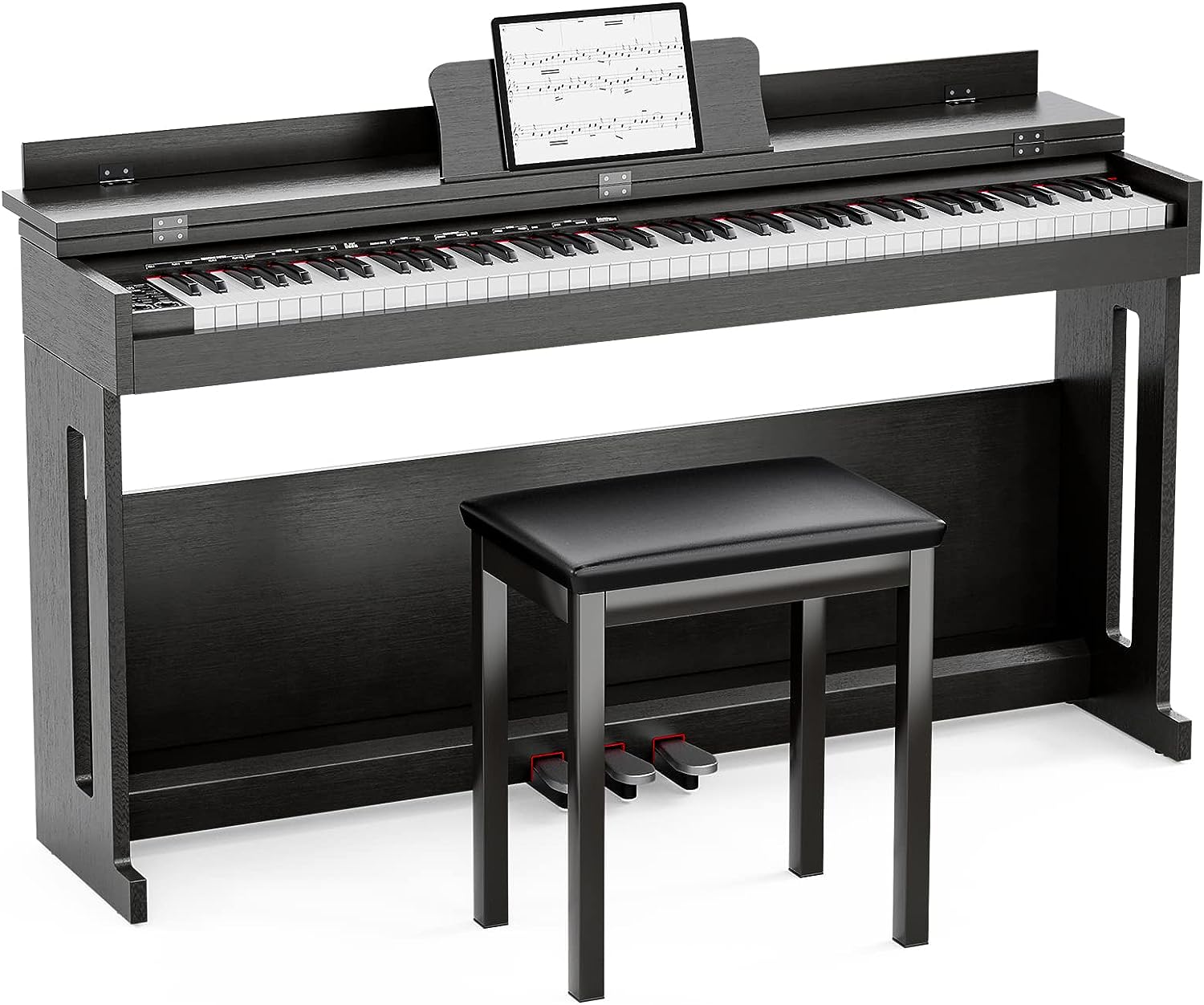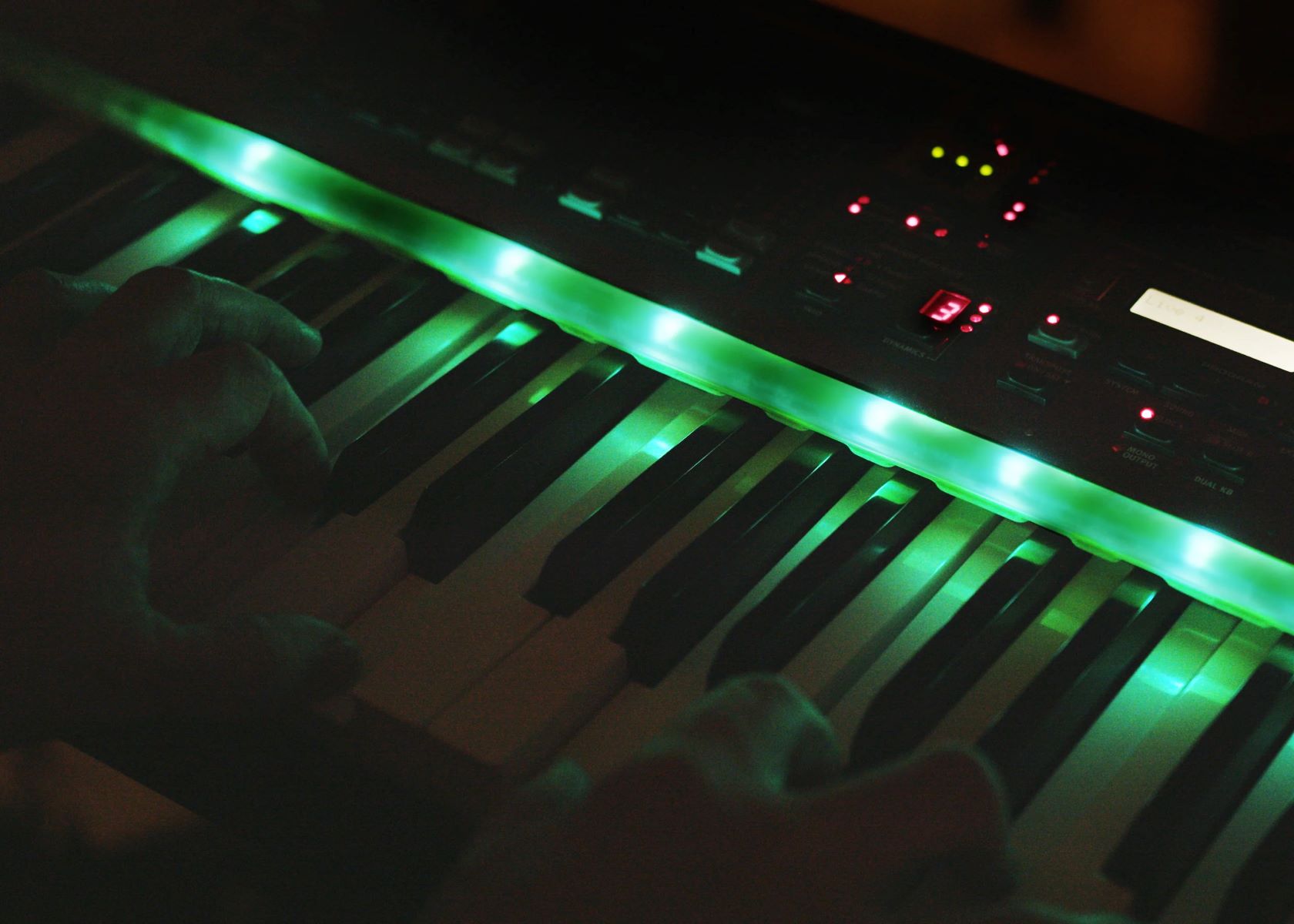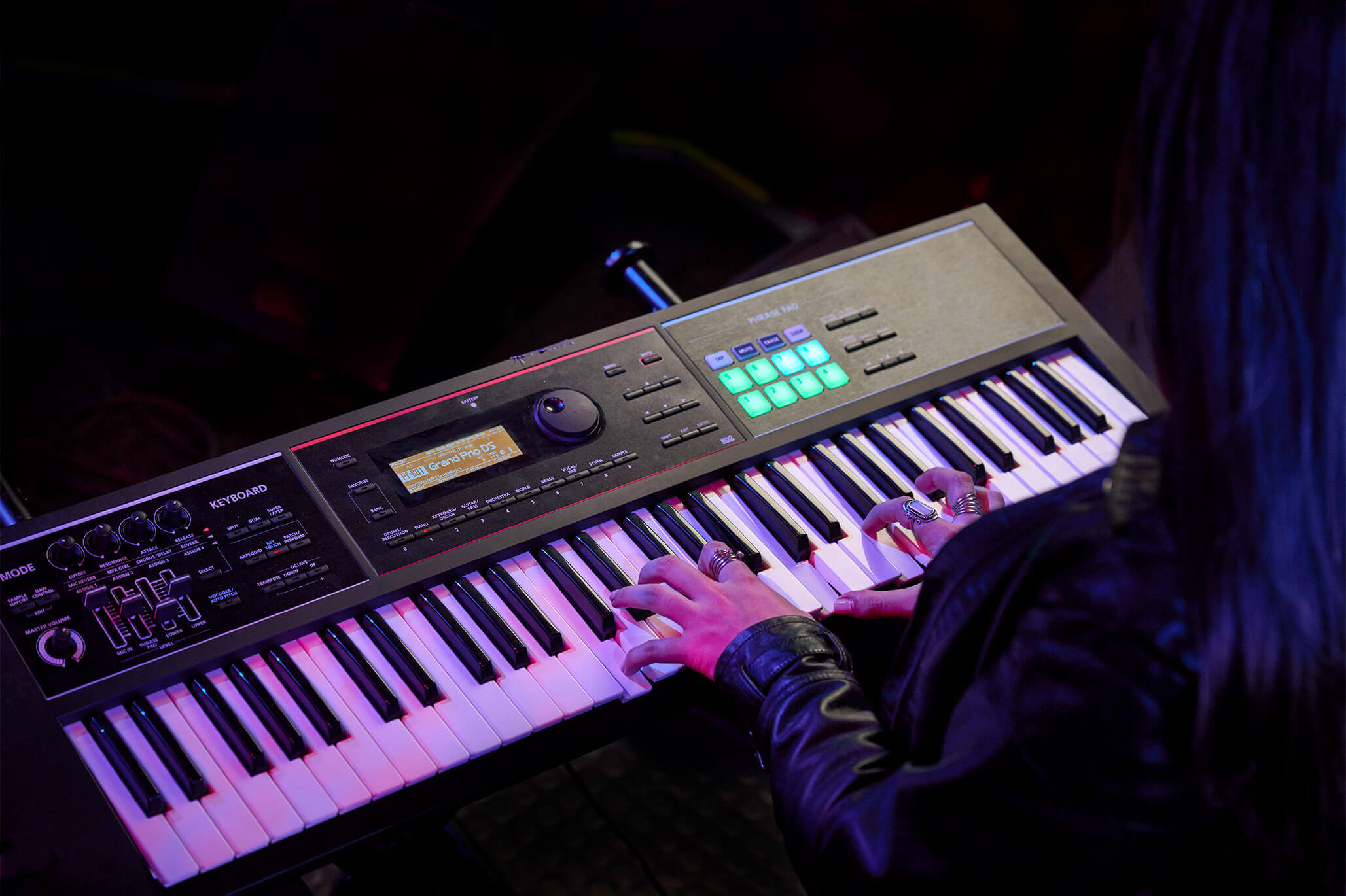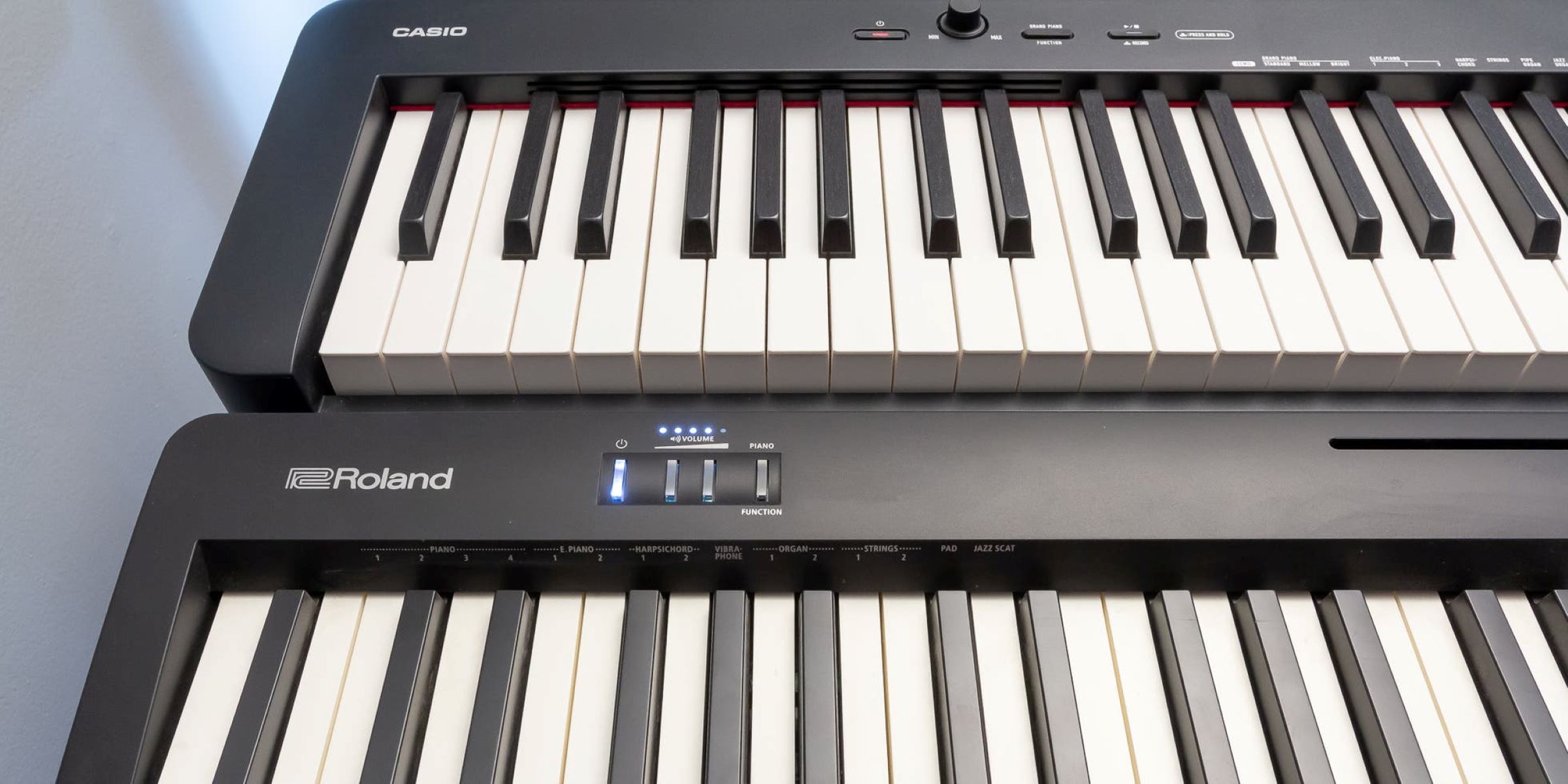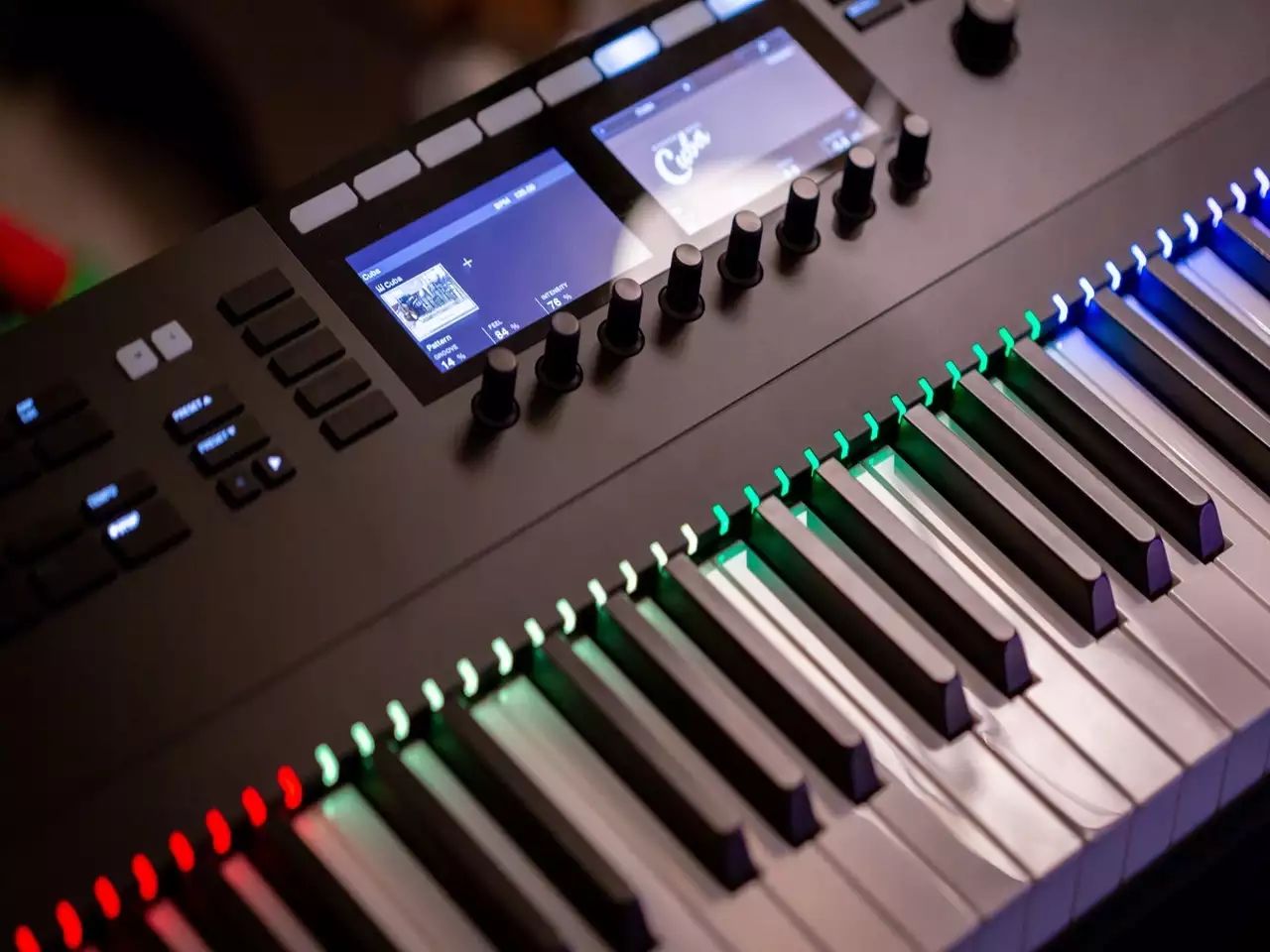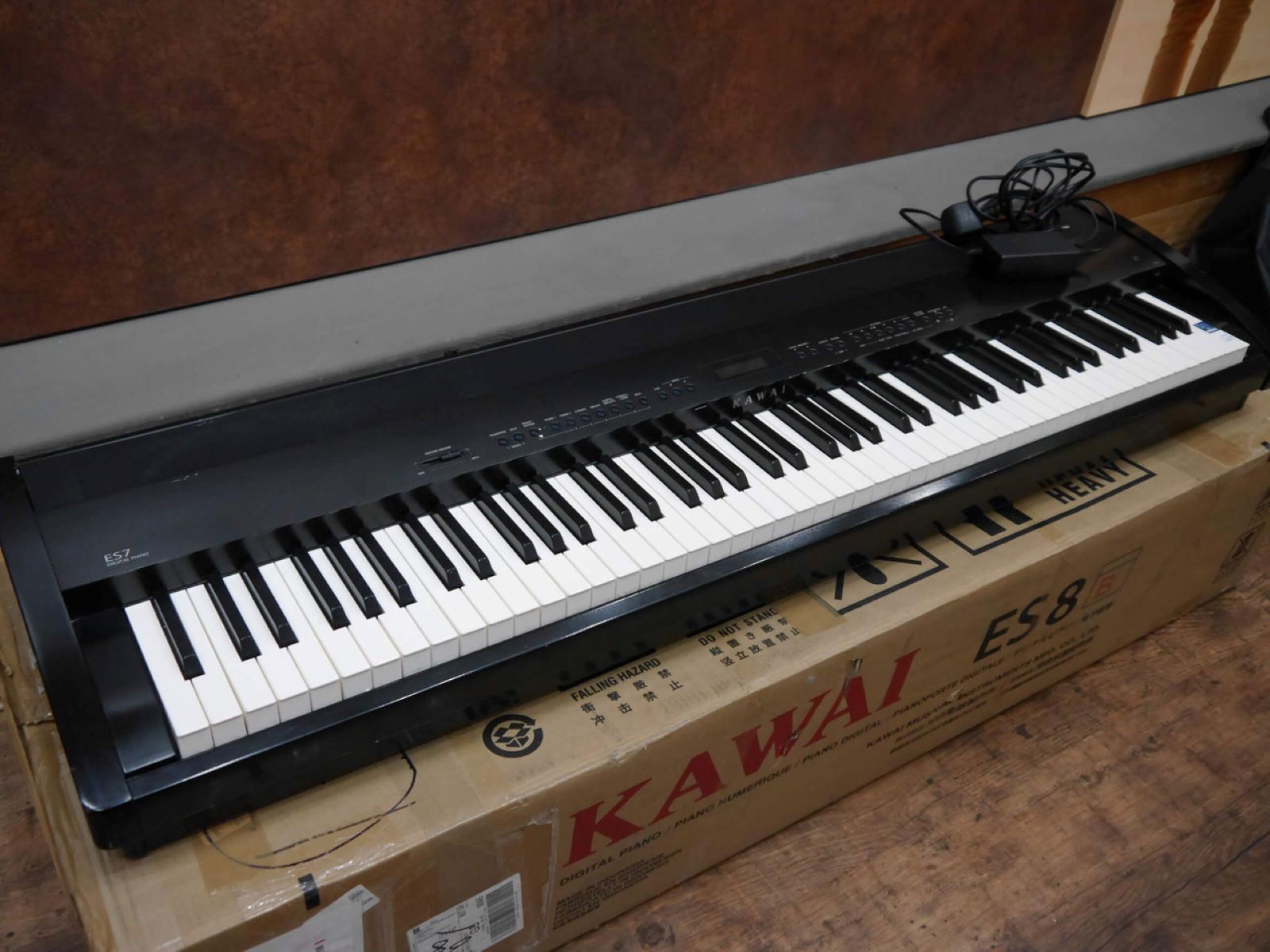Introduction
Introduction
When it comes to creating beautiful music, the choice between a digital piano and a keyboard can significantly impact the playing experience. Each instrument offers unique features and capabilities, catering to the diverse needs of musicians and enthusiasts alike. Understanding the differences between these instruments is essential for making an informed decision based on individual preferences and requirements.
Digital pianos and keyboards share some similarities, such as their electronic nature and the ability to produce a wide range of sounds. However, several distinct characteristics set them apart, including sound quality, key action, portability, additional features, and price. By delving into these aspects, one can gain a deeper understanding of the nuances that differentiate digital pianos from keyboards.
In the following sections, we will explore these differences in detail, shedding light on the unique attributes of digital pianos and keyboards. Whether you are a professional pianist, a budding musician, or simply someone with a passion for playing music, this comparison will serve as a valuable guide in navigating the diverse world of electronic keyboard instruments. Let's embark on this musical journey to uncover the nuances that define the digital piano and keyboard experience.
Sound Quality
One of the most significant differentiating factors between a digital piano and a keyboard is the sound quality they produce. Digital pianos are designed to replicate the rich and resonant sound of an acoustic piano. With advanced sampling technology, digital pianos can emulate the nuances of a traditional piano, capturing the tonal variations and harmonic richness that define a classic acoustic instrument. The sound produced by a high-quality digital piano is often indistinguishable from that of an acoustic piano, providing a truly immersive and authentic playing experience.
On the other hand, keyboards are known for their versatility in producing a wide range of sounds, including piano tones, synthesizers, organs, strings, and various other instrumental sounds. While some high-end keyboards offer impressive piano sounds, they may not match the depth and authenticity of a digital piano’s sound. Keyboards prioritize versatility and diversity of sound over the meticulous replication of a traditional piano’s tonal characteristics.
When it comes to sound quality, digital pianos excel in delivering a rich, expressive, and dynamic piano sound that closely mirrors the acoustic experience. This makes them the preferred choice for pianists and musicians seeking an authentic piano-playing experience. Keyboards, on the other hand, offer a broader spectrum of sounds, making them suitable for a wide range of musical styles and genres beyond classical piano performance.
Key Action
Key action refers to the mechanism by which the keys on a digital piano or keyboard respond to touch and produce sound. Digital pianos are designed to replicate the weighted key action of acoustic pianos, providing a more authentic and responsive playing experience. The keys on a digital piano are weighted to simulate the hammer action found in traditional pianos, offering a tactile sensation that closely resembles playing an acoustic instrument. This weighted key action allows for greater control over dynamics and expression, making digital pianos the preferred choice for pianists who value the feel of a real piano.
In contrast, keyboards typically feature non-weighted or semi-weighted keys, offering a lighter touch and a more uniform feel across the entire keyboard. While this key action may not replicate the exact feel of an acoustic piano, it provides a consistent and smooth playing experience that is well-suited for a variety of musical styles. The lighter key action of keyboards makes them more accessible for beginners and musicians who prioritize versatility and ease of play across different instrument sounds.
For pianists seeking a traditional piano-playing experience, the weighted key action of digital pianos offers a familiar touch and responsiveness that closely mirrors the feel of an acoustic instrument. Conversely, the lighter and more uniform key action of keyboards caters to a broader range of musical styles and preferences, making them a versatile choice for performers and music enthusiasts.
Portability
Portability is a crucial factor to consider when choosing between a digital piano and a keyboard. Digital pianos are typically designed as standalone instruments with a cabinet-style build, resembling the appearance of traditional acoustic pianos. While this design contributes to a stable and sturdy playing experience, it also limits the portability of digital pianos. Their heavier weight and bulkier construction make them less convenient for frequent transportation, making them better suited for permanent setups in homes, studios, or performance venues.
On the other hand, keyboards are renowned for their portability and compact design. Most keyboards are lightweight, slim, and easily transportable, making them ideal for musicians who need to move their instrument between practice sessions, gigs, or performances. The compact nature of keyboards allows for greater flexibility in setting up and playing in various environments, catering to the needs of musicians who prioritize mobility and convenience.
When considering portability, it’s essential to assess your specific requirements and lifestyle. If you value mobility and the ability to transport your instrument with ease, a keyboard’s lightweight and portable design make it a practical choice. Alternatively, if you prioritize a more permanent and stable setup, a digital piano’s solid construction and traditional appearance may align better with your preferences.
Additional Features
Beyond sound quality and key action, digital pianos and keyboards offer a range of additional features that cater to different musical needs and playing styles. Digital pianos often incorporate advanced features aimed at enhancing the playing experience and providing a more comprehensive set of functions. These may include built-in metronomes, recording capabilities, multiple sound settings to emulate various piano models, and connectivity options for integrating with external devices such as computers and audio interfaces. Some digital pianos also feature pedals that replicate the sustain, sostenuto, and soft pedal functions found in acoustic pianos, adding to the instrument’s expressive capabilities.
Keyboards, on the other hand, are renowned for their versatility and extensive range of additional features. In addition to offering a diverse selection of instrumental sounds, keyboards often include built-in rhythm accompaniments, arpeggiators, sound effects, and customizable settings for creating unique sound combinations. Many keyboards also feature onboard learning tools, making them ideal for beginners and students looking to develop their musical skills. Furthermore, the compact nature of keyboards does not compromise their feature set, as they frequently integrate a wide array of controls, sliders, and buttons for real-time sound manipulation and performance enhancements.
When considering additional features, it’s important to assess your specific musical goals and requirements. If you prioritize a wide range of instrumental sounds, accompaniment styles, and real-time sound manipulation, a keyboard’s extensive feature set may align with your creative ambitions. Conversely, if you seek a more focused and traditional piano-playing experience with added conveniences such as recording capabilities and connectivity options, a digital piano’s feature set may better suit your needs.
Price
Price is a significant factor to consider when weighing the options between a digital piano and a keyboard. Digital pianos, particularly those designed to replicate the sound and feel of acoustic pianos with high-quality key action, often come at a higher price point. The advanced technology and craftsmanship involved in emulating the nuances of a traditional piano contribute to the higher cost of digital pianos. Additionally, digital pianos with premium features such as realistic key action, extensive sound libraries, and robust construction may command a higher investment, reflecting their commitment to delivering a true piano-playing experience.
Keyboards, on the other hand, offer a more diverse range of price points, catering to varying budget constraints and musical requirements. Entry-level keyboards provide an affordable entry into the world of electronic instruments, making them accessible to beginners and casual players. While these entry-level keyboards may offer basic features and sound capabilities, they serve as a cost-effective option for those exploring music without a substantial initial investment. On the other end of the spectrum, high-end keyboards with advanced sound engines, extensive feature sets, and professional-grade controls may also command a higher price, especially for models tailored to experienced performers and studio musicians.
When considering the price, it’s essential to align your budget with your musical aspirations and long-term commitment to playing. Digital pianos, with their higher price tag, appeal to pianists seeking an authentic and expressive playing experience akin to that of an acoustic piano. Alternatively, keyboards offer a range of affordable options for beginners and casual players, as well as premium models with advanced features for professional musicians and performers.
Conclusion
Upon exploring the differences between digital pianos and keyboards, it becomes evident that each instrument offers unique attributes tailored to specific musical preferences and playing styles. Digital pianos excel in replicating the rich sound and authentic key action of acoustic pianos, providing pianists with a truly immersive playing experience that closely mirrors traditional piano performance. Their emphasis on delivering a realistic and expressive piano-playing experience makes them an ideal choice for serious pianists and musicians seeking a traditional touch.
On the other hand, keyboards prioritize versatility, portability, and a diverse range of sounds and features, making them suitable for a wide spectrum of musical genres, performance settings, and creative applications. Their lightweight and compact design, coupled with an extensive array of instrumental sounds and additional features, cater to the needs of performers, composers, and music enthusiasts seeking flexibility and creative exploration.
Ultimately, the choice between a digital piano and a keyboard hinges on individual preferences, musical aspirations, and practical considerations. Pianists dedicated to honing their craft and seeking an authentic piano-playing experience may find that a digital piano aligns with their artistic goals. Conversely, musicians exploring diverse musical styles, seeking portability, and embracing a wide range of sounds and features may gravitate toward the versatility of a keyboard.
By understanding the nuanced differences in sound quality, key action, portability, additional features, and price, individuals can make an informed decision that resonates with their musical journey, playing style, and creative ambitions. Whether it’s the resonant tones of a digital piano or the boundless possibilities of a keyboard, both instruments offer compelling avenues for musical expression and enjoyment, enriching the world of music with their distinct capabilities and allure.







